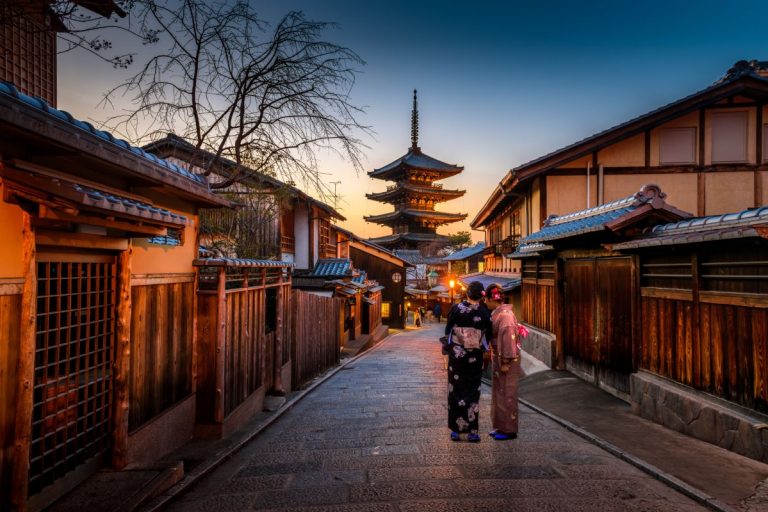Japan has two flags that are very important nationally and culturally. The first is the official flag, the Nisshoki, conceived on a white background with a large red dot in the center.
The second flag, recognized throughout the world, is the Rising Sun flag, whose design is a white background, with a red dot in the center (in some versions the dot is a bit lopsided) and, from there, sixteen rays are born. red around the flag. This flag is considered one of the most beautiful in the world for its design and meaning.
The flag of the Rising Sun, in Japanese, is called “Kyokujitsu-ki.” This flag refers to the name of Japan in its native language, Nihon or Nippon, which means country where the sun is born.
Throughout the history of Japan, the Flag of the Rising Sun has played an important role in national identity. During the Edo period (1603-1868) it was used by the feudal lords, the Daimyo, as well as in classical paintings to represent the sun of Japan.
At the beginning of the Meiji period, it was designated as the official flag of the Imperial Japanese Navy and the variation with the tilted sun was designated as the official flag of the Imperial Japanese Navy. From the Meiji period until the end of the war in 1945, the flag was widely used throughout the country.
Especially in times of celebration, it was very normal for the Nisshoki and the Kyokujitsu-ki to be hoisted together in the streets, houses and shops. Later, at the end of the Second World War, both flags suffered censorship by the allied forces that occupied Japan . In 1954 the Japan Self-Defense Forces were founded and in this way the Kyokujitsu-ki was retaken as the official flag of the national organization. The Rising Sun flag is, de facto, the country’s cultural flag, as it represents prosperity, abundance, and joy. Another of the meanings attributed to it is that “The Rising Sun Flag illuminates the darkness of the whole world.” Today, due to its spectacular nature, the design of the Rising Sun flag is used commercially in various products such as clothing, posters, beer cans, newspapers (Asahi Shimbun), bands, manga, comics, anime, movies, video games, etc. Kyokujitsu-ki is a symbol of Japanese honor, therefore, despite the time and profound changes that have happened in the country, the flag continues to play an important role in the concept of Japan, inside and outside the country.



